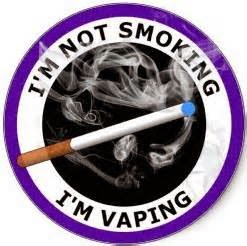A recent study revealed that marijuana abuse could inhibit the brain’s reaction to dopamine – revealing that marijuana abusers may be more prone to depression.
The U.S. National Institute on Drug Abuse conducted the study by looking at the brains of 24 marijuana abusers after giving them Ritalin, which increases the amount of dopamine in the brain. The 24 subjects in the study smoked an average of 5 joints per day, 5 days a week for 10 years. Compared to the control group, they had a significantly dulled behavioral, cardiovascular and brain responses to dopamine – the “feel good” chemical of the brain. Overall their heart rate and blood pressure were lower and they reported feeling anxious and restless rather than elated.
The study concluded that marijuana abuse can diminish one’s reaction to dopamine and can impact the brain’s reward processing. In short, what normally causes feelings of euphoria in people may not for the marijuana abuser. The study suggests that their weaker response to dopamine may indicate that the area of the brain responsible for processing reward may be damaged; “Cannabis users may experience less reward from things others generally find pleasurable and, contrary to popular stereotypes, that they generally feel more irritable, stressed, and just plain crummy,” says Raul Gonzalez a neuropsychologist at Florida International University.
Often, those that are vulnerable to addiction feel “crummy” before abusing drugs anyway and often overindulge in order to self medicate. The study may not have accounted for the fact that the 24 abusers may have been prone to depression before abusing marijuana. This study also reveals information about marijuana abusers rather that the recreational marijuana user. However, now that marijuana is legal in Colorado, recreational use may lead to higher rates of abuse.






